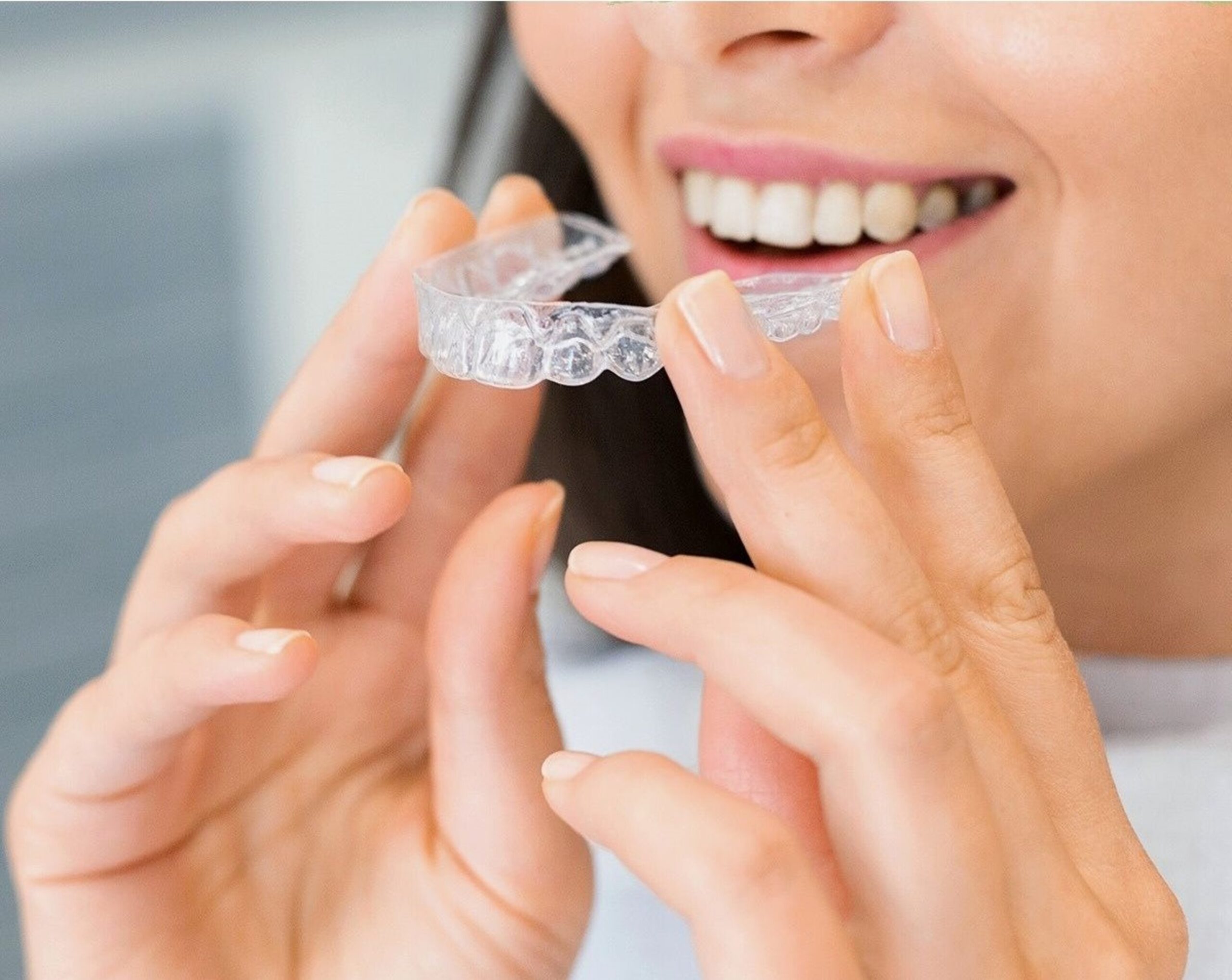The quest for a perfect smile has introduced us to various dental technologies. Amongst them, Invisalign stands out for its discretion and effectiveness. However, the question that often baffles patients is, “How much does Invisalign cost?” This comprehensive guide aims to answer that question thoroughly.
Unveiling Invisalign: What It Is?
Invisalign, a popular orthodontic treatment, uses clear plastic aligners instead of traditional braces to gradually shift your teeth to their ideal positions. These aligners are virtually invisible, removable, and comfortable, making them a favored choice among adults and teenagers seeking an unobtrusive orthodontic solution.
Crunching Numbers: Average Cost of Invisalign in Vietnam
Invisalign treatment costs can range widely, depending on several factors. However, on average, the cost of Invisalign in the Vietnam hovers between $1,800 and $6,000. For teenagers, the average expenditure is typically around $3,000. The Invisalign treatment for adults, which can last between 12 to 36 months, can cost anywhere from $3,000 to $6,000.
For simpler cases that can be completed in 6 to 12 months, the cost falls within the range of $2,500 to $,5000.
Digging Deeper: Factors Influencing Invisalign Cost
Several elements contribute to the final cost of Invisalign treatment. The complexity of the orthodontic issue, the duration of the treatment, and the region you reside in, all play a significant role in determining the cost.
Complexity of the Treatment
The more complex your dental issue, the longer your treatment duration, and the more aligners you’ll need – thus increasing the overall cost.
Duration of the Treatment
The length of your treatment depends on the severity of your dental issue. On average, Invisalign treatment takes about 12 to 18 months. However, some patients may need more or less time to achieve the desired results.
Geographic Location
The cost of living in your area can significantly affect the cost of Invisalign treatment. For instance, the price in metropolitan areas or desirable locations can be higher compared to more rural areas.
Provider’s Expertise
The experience and expertise of your provider can also influence the cost of Invisalign treatment. Providers with more experience generally charge more than those with less experience with the product.
Insurance and Invisalign: What’s Covered?
Most dental insurance plans cover Invisalign treatment similar to traditional braces. Some may cover a portion of the treatment cost, providing coverage for up to $3,500 in some cases. However, it’s important to check with your insurance provider, as some plans classify clear aligner treatments as cosmetic procedures and don’t cover them.
Invisalign Vs. Traditional Braces: A Cost Comparison
On average, traditional braces cost anywhere from $1,700 to $7,000, which may be less than the cost of Invisalign, depending on the complexity of your case. However, Invisalign aligners offer several advantages over traditional braces, including invisibility, comfort, and the ability to remove them for eating and cleaning.
Exploring Invisalign Alternatives
Invisalign isn’t the only clear aligner therapy available. There are numerous alternatives, such as ClearCorrect, Candid Co, Byte, and others that offer similar functionality. However, it’s crucial to consult your orthodontist and conduct thorough research before deciding on any appliance.
Final Takeaway: Is Invisalign Worth the Cost?
While the cost of Invisalign might seem steep, the long-term benefits of straightening your teeth are significant. Besides improving your smile and boosting your confidence, straight teeth are easier to clean, reducing the risk of gum disease and tooth decay. For many, the cost of Invisalign is a worthwhile investment in their oral health and overall well-being.
Quick Recap: Invisalign Cost
Invisalign is a sophisticated orthodontic treatment offering numerous advantages. However, its cost varies based on several factors, including the complexity of the treatment, the duration of the treatment, your geographic location, and your provider’s experience. Most dental insurance plans cover Invisalign, and there are additional payment options available for those without coverage. Ultimately, the decision to invest in Invisalign is a personal one that depends on your individual needs and financial considerations.
“Investing in a perfect smile is not just about aesthetics, but it’s also about investing in your oral health and overall well-being.”
Remember, a beautiful smile is an investment that keeps on giving. Embrace your journey towards a perfect smile with Invisalign and let it transform your life, one smile at a time.

